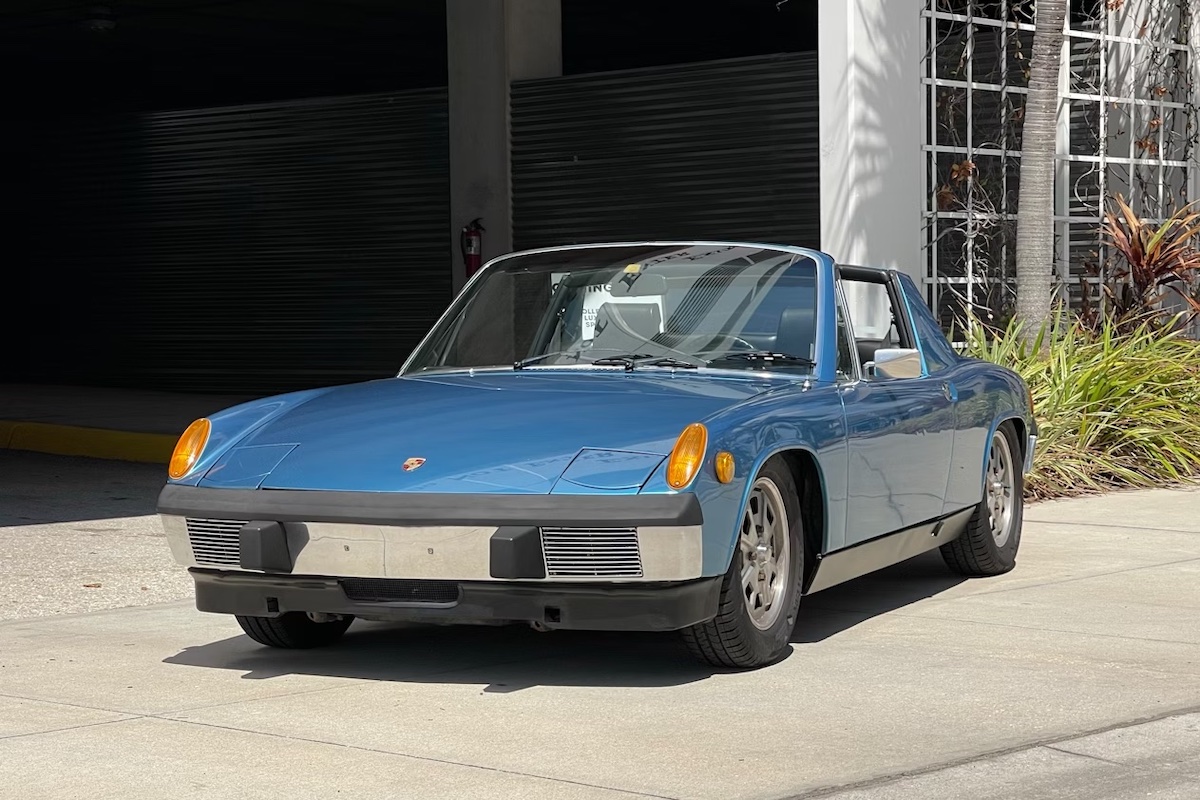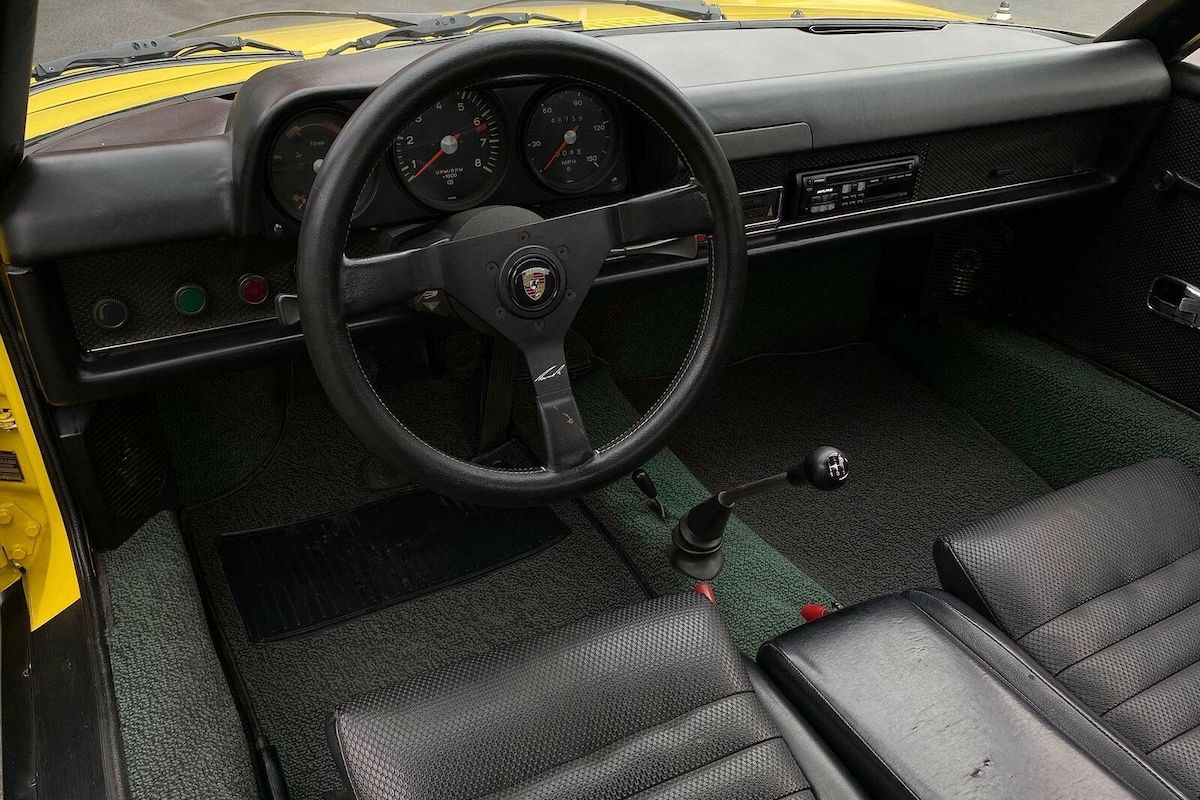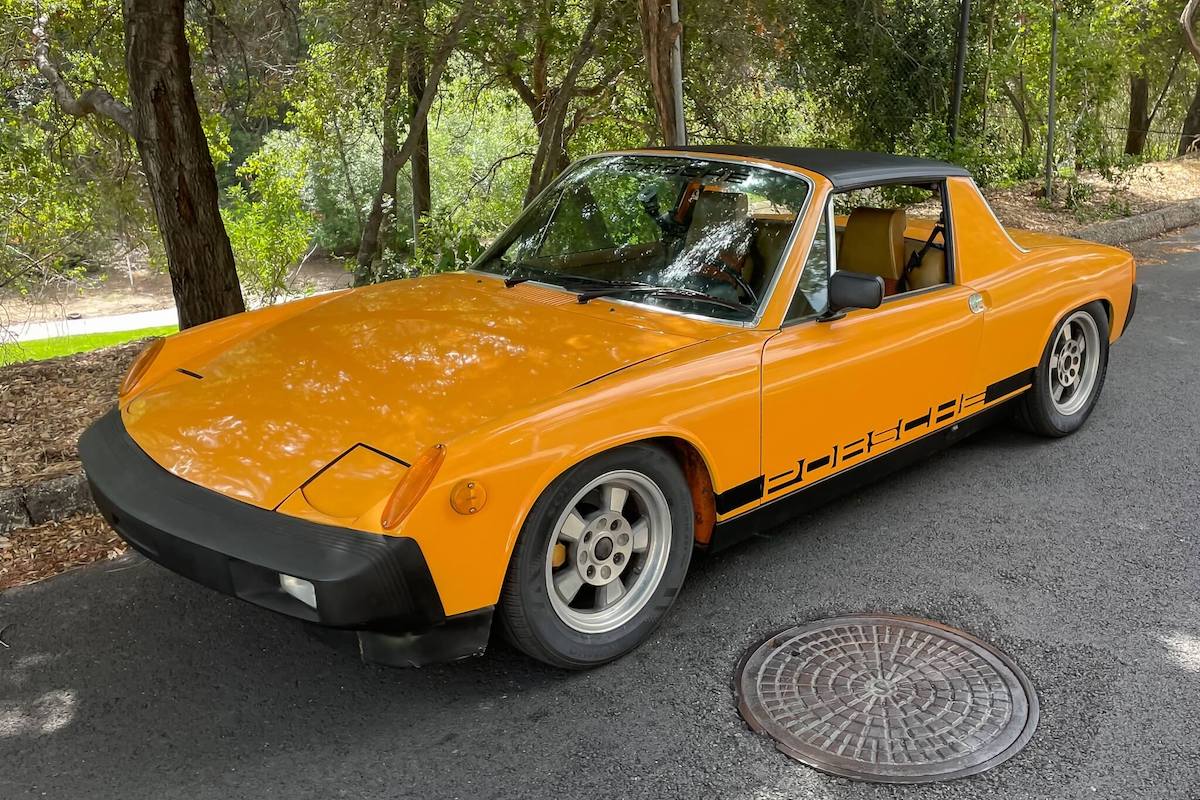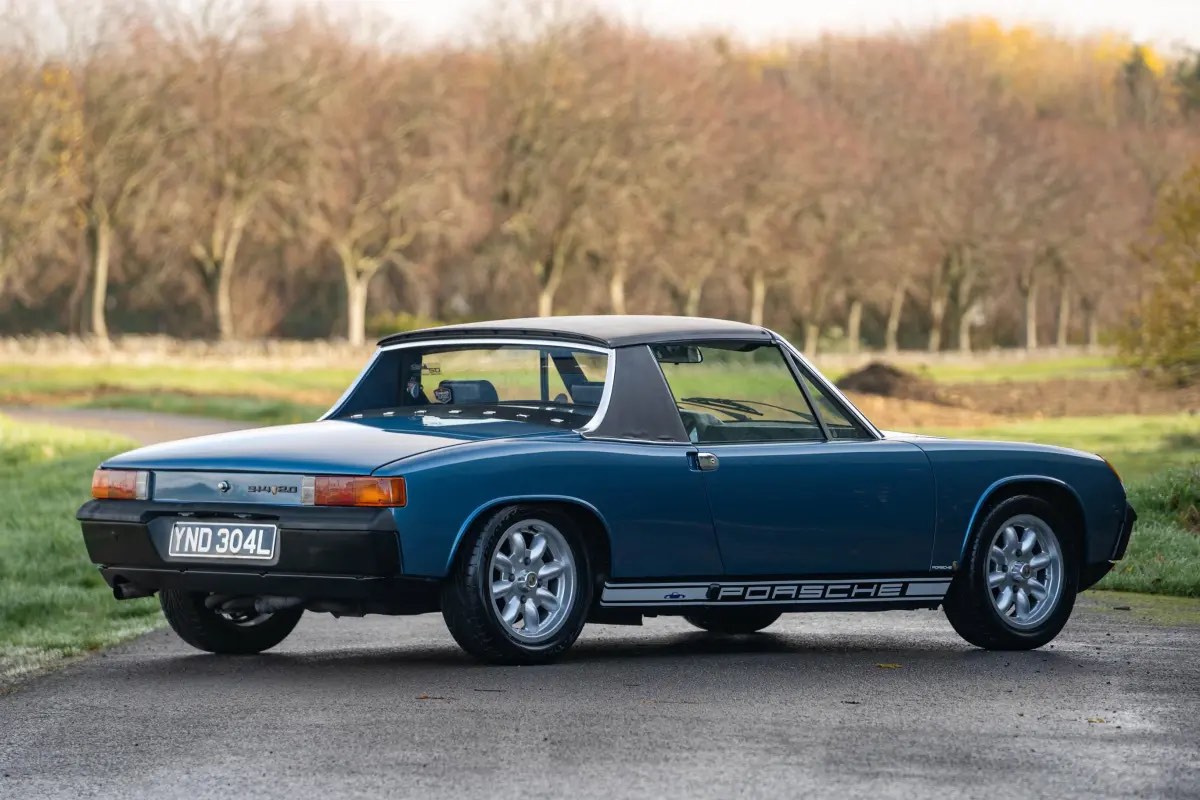Porsche 914 Buyers Guide

The Porsche 914, a collaborative effort between Volkswagen and Porsche, holds a unique place in automotive history. Launched in 1969 and produced until 1976, the 914 was intended to be an affordable sports car that could appeal to a broader market. Its distinctive design, mid-engine layout, and engaging driving dynamics have earned it a loyal following among enthusiasts and collectors. This guide will provide an in-depth look at what prospective buyers need to know when considering a Porsche 914.
History and Models
The Porsche 914 was initially offered with two engine options: a Volkswagen-derived 1.7-liter flat-four and a Porsche-designed 2.0-liter flat-six. The 1.7-liter version, known as the 914/4, was the more common and affordable model, while the 914/6, with its more powerful six-cylinder engine, catered to those seeking a higher level of performance. In 1973, the 1.7-liter engine was replaced by a 1.8-liter unit, and in 1974, a 2.0-liter flat-four engine became available, providing a good balance of power and reliability.
Design and Features
Exterior Design
The 914’s design is unmistakably unique. With its low, wide stance, pop-up headlights, and targa top, it stands out even among other classic sports cars. The mid-engine layout not only provides excellent handling characteristics but also contributes to the car’s distinctive look.
Interior Design
Inside, the 914 features a sparse but functional interior. The seats are positioned low to the floor, enhancing the sports car feel. The dashboard is simple and driver-focused, with easy-to-read gauges and minimal distractions. One notable feature is the removable targa roof, which can be stored in the trunk, offering an open-air driving experience.

Performance and Handling
Engine Options
- 1.7-Liter Flat-Four: The original 1.7-liter engine produces around 80 horsepower, which may not seem much by today’s standards but was sufficient for a light sports car in the early 1970s.
- 1.8-Liter Flat-Four: Introduced in 1973, this engine offered a modest power increase and improved reliability.
- 2.0-Liter Flat-Four: Available from 1974, this engine is the most desirable among the four-cylinder options, delivering around 95 horsepower and better overall performance.
- 2.0-Liter Flat-Six: The rare 914/6 model features a 110-horsepower six-cylinder engine, providing a significant performance boost and a more thrilling driving experience.
Handling
Thanks to its mid-engine layout and low center of gravity, the Porsche 914 is renowned for its balanced handling and agility. The car’s light weight and responsive steering make it a joy to drive on twisty roads. The 914’s suspension setup, consisting of MacPherson struts at the front and trailing arms at the rear, contributes to its excellent road-holding capabilities.

Common Issues and What to Look For
Rust
One of the most significant issues with the Porsche 914 is rust. The car’s body is prone to corrosion, particularly in the floor pans, rocker panels, and wheel arches. When inspecting a potential purchase, be sure to check these areas thoroughly. Rust can be costly to repair and may compromise the car’s structural integrity.
Engine and Transmission
While the engines in the 914 are generally reliable, they are not without their problems. Oil leaks are common, particularly from the valve covers and oil cooler seals. The 1.7 and 1.8-liter engines can suffer from worn camshafts and valve guides, leading to decreased performance and increased oil consumption.
The five-speed manual transmission is generally robust, but worn synchronizers can lead to difficult gear changes, particularly when shifting into second gear. Be sure to test drive the car and check for any unusual noises or difficulties when shifting.
Electrical System
The 914’s electrical system can be problematic, with issues often arising from corroded connections and faulty grounds. Headlights and tail lights, in particular, are prone to malfunction. Ensuring that all electrical components are in working order is essential when evaluating a 914.

Pricing and Market Value
The market value of a Porsche 914 can vary widely depending on the model, condition, and originality. Early 1.7-liter models are generally the most affordable, with prices ranging from $15,000 to $25,000 for well-maintained examples. The 1.8 and 2.0-liter models can command higher prices, often ranging from $20,000 to $35,000.
The rare 914/6, with its Porsche-engineered six-cylinder engine, is the most valuable, with prices often exceeding $50,000 for well-preserved examples. Pristine, low-mileage 914/6 models can fetch even higher prices at auction.
The Porsche 914 is a distinctive and engaging classic sports car that offers a unique driving experience. Its mid-engine layout, excellent handling, and timeless design make it a desirable choice for enthusiasts and collectors. With proper care and attention, a Porsche 914 can provide years of driving pleasure and be a valuable addition to any classic car collection.

